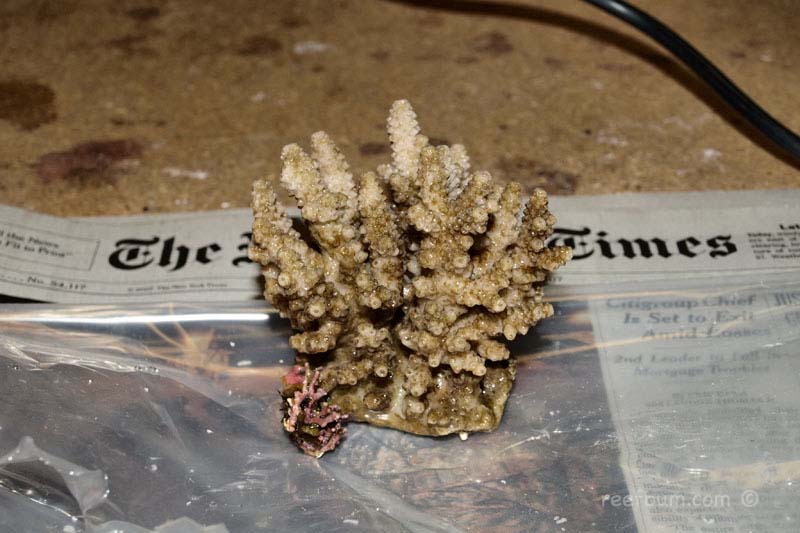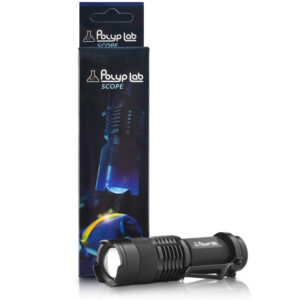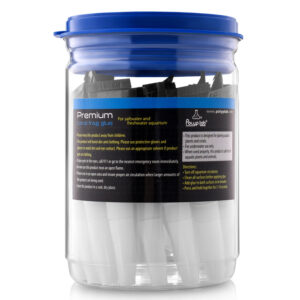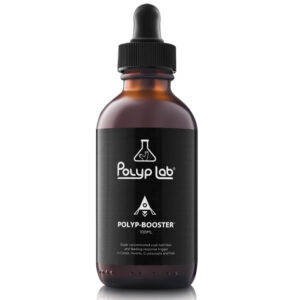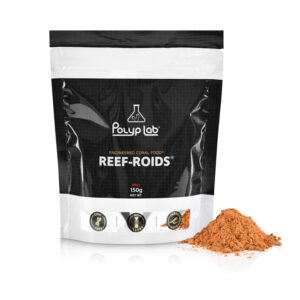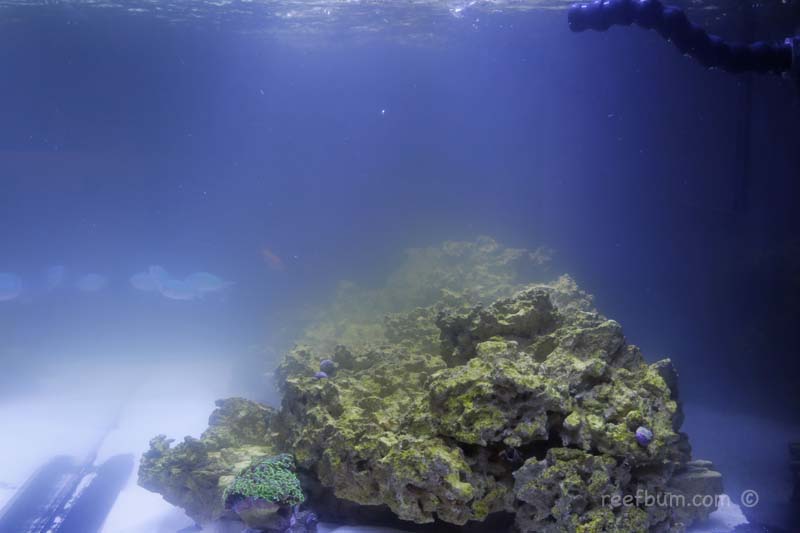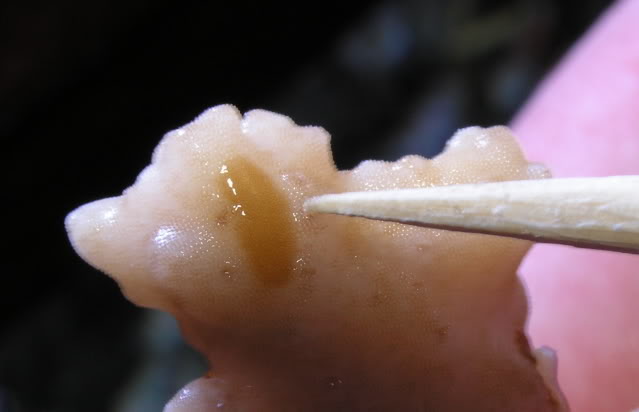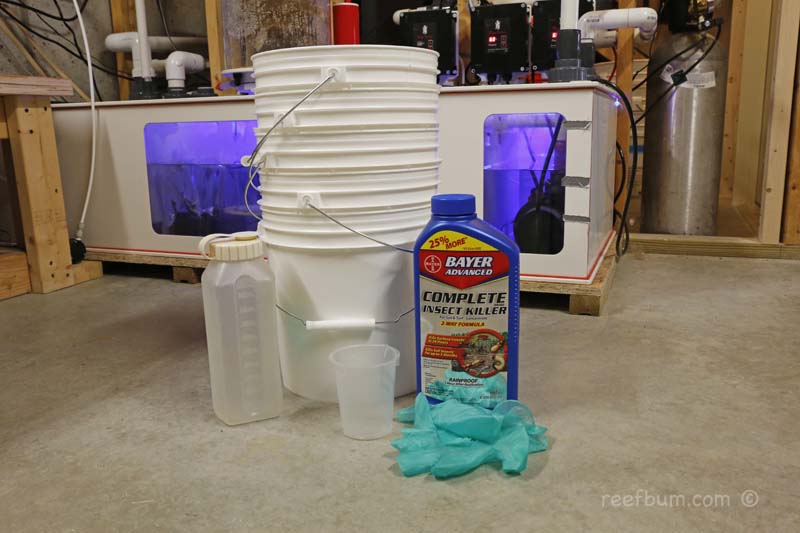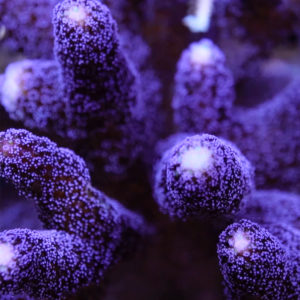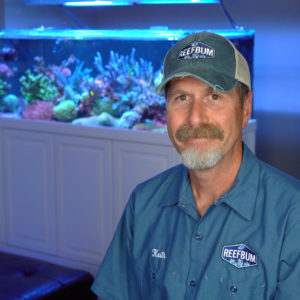There are a lot of moving parts when it comes to keeping a successful captive reef tank and unfortunately a tank can go south in a hurry if one of those parts gets out of whack. Sometimes a tank crash is due to a mistake by the reef keeper while other times it is carelessness or just bad luck.
As for mistakes, they do happen, although many can be prevented by doing some homework before acting to correct a problem or attempting to achieve better results. Yes, knowledge is power when it comes to reef keeping and I learned this the hard way when I tried something without doing the required research, causing a former tank to crash.
My Tank Crashes
It was years ago and at the time there were these new double-ended HQI metal halide bulbs getting rave reviews for their ability to grow and color up corals. My SPS were doing just ok so I figured it was worth it to try something new. I used the lights for a while and didn’t achieve the desired results so I was on the hunt for another solution. Well, the guy at my LFS had a kick ass SPS tank lit by standard mogul metal halide bulbs and he didn’t have any glass lenses/shields between them and the tank. He felt the glass decreased the PAR on the lights so he removed the glass, despite the risk of water splashing on the bulbs and cracking them. Hmm, removing the glass lenses, now maybe that’s the ticket!
Unfortunately, the double-ended HQI bulbs did not have the UV protected glass present on the mogul style bulbs. The UV protection was built into the glass lenses in the fixture and when I removed them I fried pretty much everything in the tank. All of my SPS died within a matter of hours and I even lost most of my fish, a testament to the severity of the damaging UV rays emanating from the bulbs. I didn’t do my homework and I paid the price.
My Battle with Dinos
Ok, now lets fast forward to today. Unfortunately, I am in the midst of another tank crash due to my efforts to eradicate dinoflagellates. I am going to classify this crash as one due mostly to bad luck. Anyway, a few months ago I noticed the dreaded dinos in my tank and I decided to dose some hydrogen peroxide to eliminate the buggers. At first it seemed to work but after a while I realized the problem was not going away. My next step was to do a three day blackout in conjunction with hydrogen peroxide dosing, a combination that eradicated the dinos for a number of weeks. But they persevered 🙁
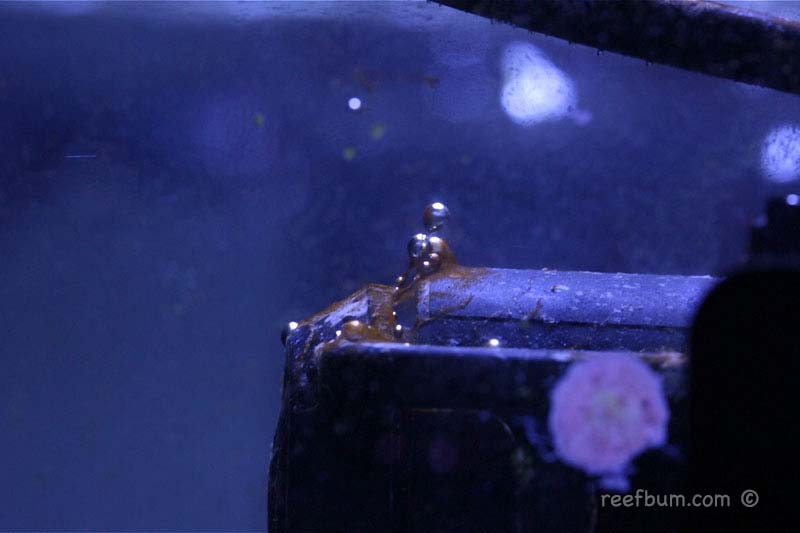
Next up was raising the pH with kalkwasser. Well, the dinos just laughed this one off and kept spreading, while the kalkwasser seized up my pumps. I just couldn’t win.
I also tried to lower my nutrients by using GFO aggressively and skimming heavily. More frequent water changes were tried as well but the dinos seemed to get worse (there is a theory that dinos feed on trace elements replenished during water changes). Nonetheless, my SPS were stressed out from all these different treatments as well as the dinos covering their polyps. It was apparent to me I would lose them if things didn’t change soon so I tried some riskier approaches.
Riskier Remedies
I decided to use Vibrant Liquid Aquarium Cleaner, which is a bacteria additive meant to consume problematic algae substances such as dinoflagellates. I hesitated before using Vibrant since I was adding additional bacteria to my tank and had no insight into how it would effect my current bacteria bed. But I was desperate so I gave it a shot since I figured I had nothing to lose. After dosing for a couple of weeks the dinos did recede and eventually disappeared (at least to the naked eye), but the tank was overrun by a really bad case of cyanobacteria.
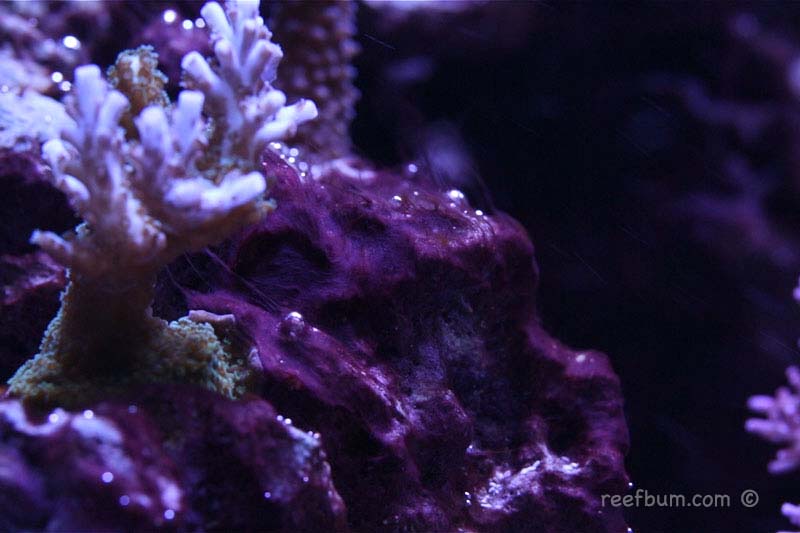
For a couple of weeks I tried everything in the book to rid the tank of cyano, relying on natural methods such as siphoning, nutrient control, more flow, etc, but to no avail. I reluctantly used ChemiClean to knock it out and it did work, although the dinos eventually resurfaced. Oh boy, what a vicious circle!
What to do now? Well, I heard some reef keepers had success using Seachem Metroplex, which apparently kept the dinoflagellates from reproducing. Despite these claims there was no real concrete scientific evidence this was true and that Metroplex was reef safe. But I was desperate so I gave it a shot. Unfortunately, after dosing Metroplex my dinos kept spreading and I soon started to lose a lot of SPS.
Sometimes a Reboot is Necessary
My last ditch effort was to go with the “dirty” method and add a lot of pods to the tank and to also raise nutrients. The theory here is that pods will help to consume dinos while additional nutrients will spur on algae growth, supposedly a plus since the algae would outcompete the dinos by consuming nutrients taken in by the dinos. In theory it sounds good but in my case it didn\’t work.
As I surveyed my tank it was obvious to me it was time to start over since my corals had taken a lot of abuse from all of the different treatments. I have encountered a lot of problems during my twenty plus years keeping reef tanks, including Acro Eating Flatworms (AEFW), bryposis, diatoms and bacteria blooms, but re-boots are sometimes the best path and in this instance it made the most sense.
I am actually excited about starting over again. I get jazzed when I start up a new tank so I will use this as an opportunity to try some new things and learn from this bad experience. Resiliency is very important when it comes to reef keeping! I have some theories on how I can turn things around with the next version of this tank so I hope you will follow along during my rebuild.
Additional Resources
If you would like some help with a new tank build, including help designing a custom aquarium, or help re-configuring your current setup then you can visit this page for more information. And if you are looking to add some equipment, I do sell GHL, Pax Bellum, Reef Octopus Calcium and Kalk Reactors and Royal Exclusiv products, including Dreamboxes, which is the equipment I use and recommend. I also sell Reef Brite metal halide and LED fixtures as well as Maxspect & IceCap Gyres.
As for additional insights and information, please explore my many other reef tank and SPS related articles as well as my YouTube channel. For an even deeper dive into reef tank care you can check out my Reef Keeping Master Class. This online course is an immersive and one of a kind educational tool designed to help reef aquarium hobbyists build and maintain a beautiful SPS reef tank. The course is a series of video presentations with some supplemental video from my YouTube channel. There are also quizzes to help students retain and understand the information presented in the course.
Need some frags…..I can help with that as well 🙂 Please visit my SPS Frag store to see what is available.

